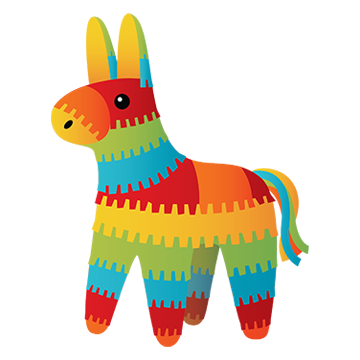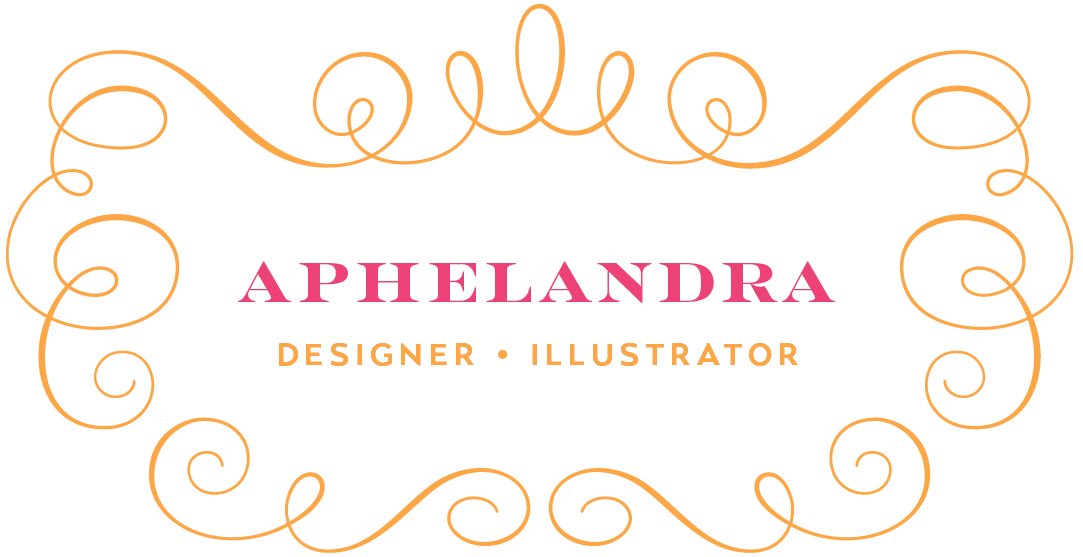Inclusive Emojis
Emoji should be the language everyone speaks. After all, they’re on everyone’s phones! I believe that emoji should be inclusive, capturing the lives of people the world over — people of different cultures, skin tones, abilities, gender expressions, sexual orientations, and experiences.
As a designer, I consider my most significant work to be my contributions to inclusive emoji. Since 2016 I’ve worked with Emojination, a grassroots organization that advocates for the addition of inclusive emojis to the Unicode Standard. When someone comes up with an idea for an emoji they want on the keyboard, they need to submit a proposal to Unicode which must contain a sample visual. That’s where I come in. If a proposal is approved, it — along with my image — is sent to the various vendors (Apple, Google, Twitter, etc.) for their designers to use as guidance.
Food, clothing, relationships, animals, musical instruments, and architecture...all these and more are great ways to bring more inclusivity and greater cultural representation to the emoji keyboard. Here’s a selection of my designs for this ongoing project. Many of them have been approved and are now officially encoded to the Unicode Standard and available on the keyboard. Notable emojis include the interracial couple and the hijab, which received press from outlets such as WIRED, The New York Times, CNN, and BBC News. My designs for these emoji were also acquired by the Cooper Hewitt Smithsonian Design Museum in 2021.
© Aphelandra, licensed by Unicode
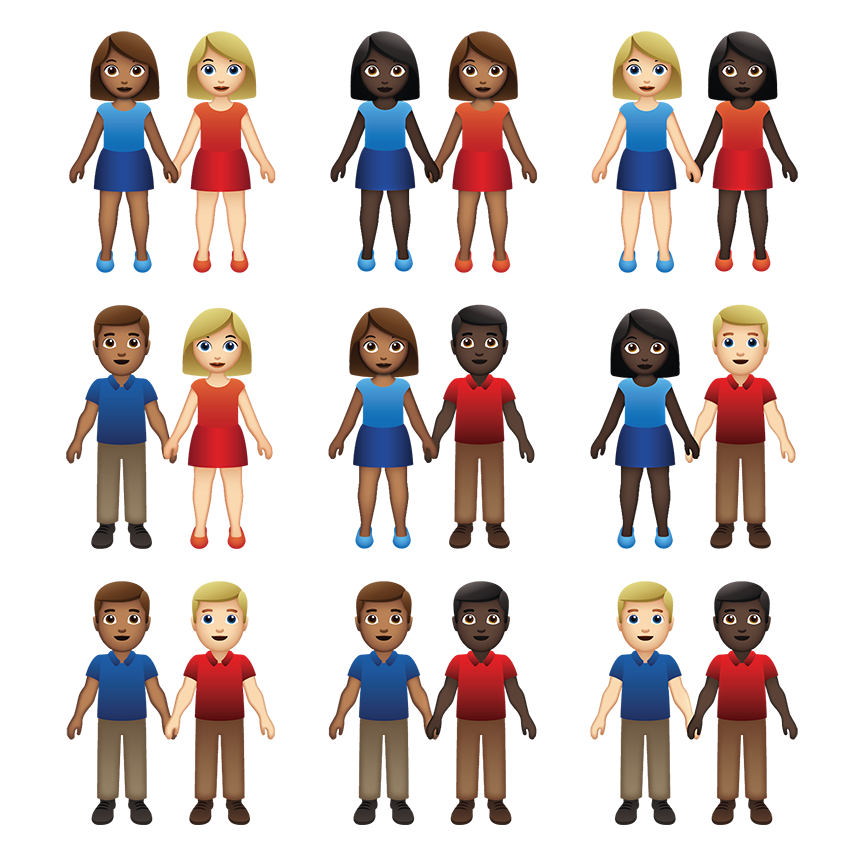
Interracial/inter-skintone couple — holding hands
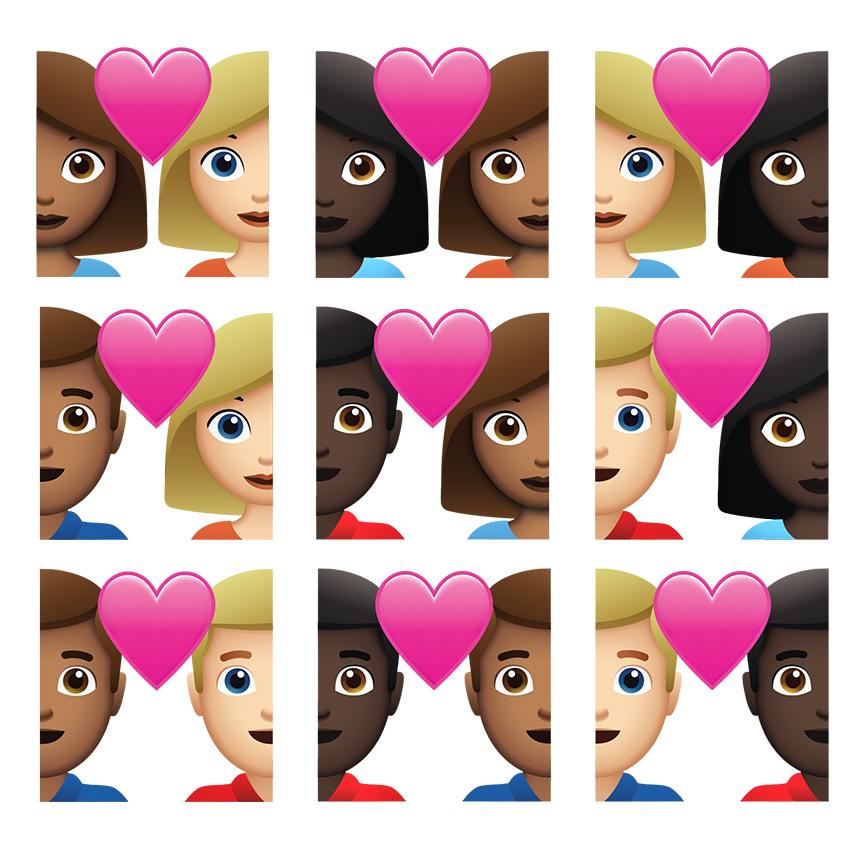
Interracial/inter-skintone couple — heart
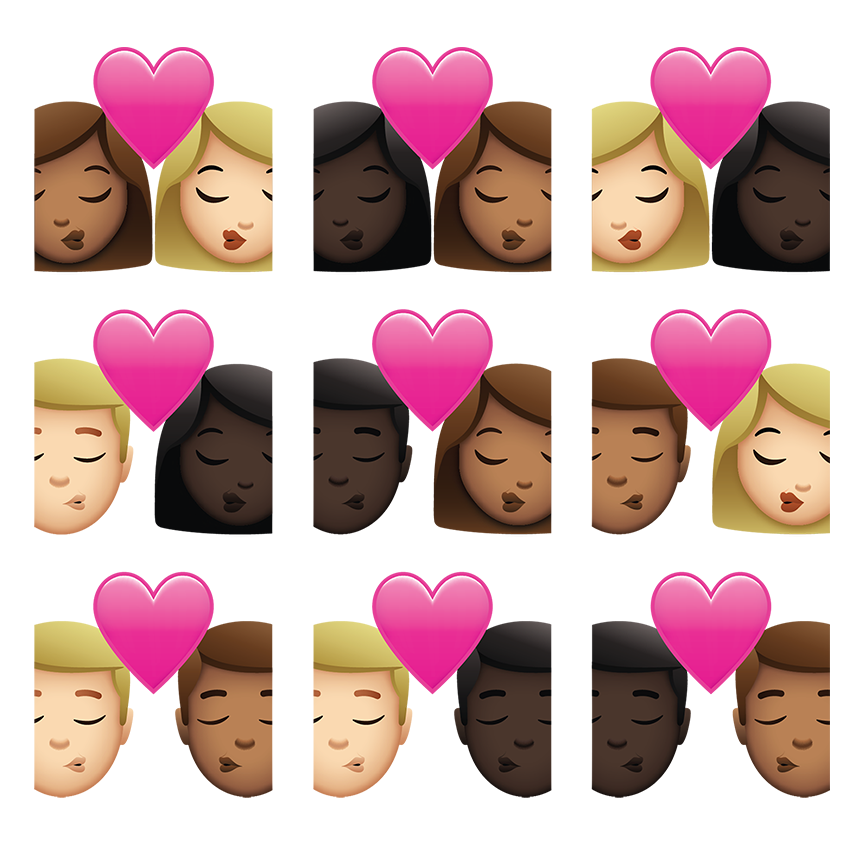
Interracial/inter-skintone couple — kiss
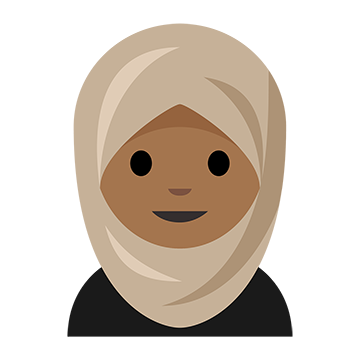
Hijab
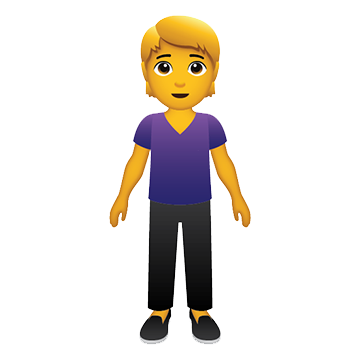
Gender-neutral person
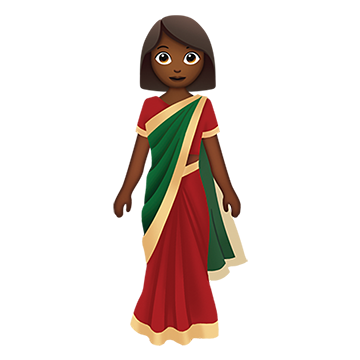
Sari
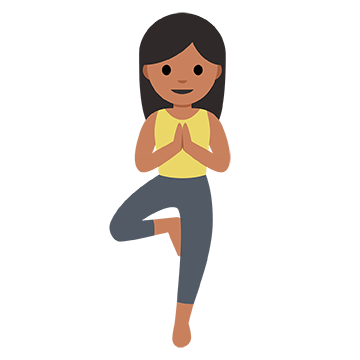
Yoga

Wheelchair
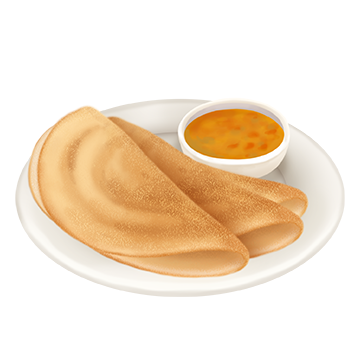
Dosa

Tamale

Churros
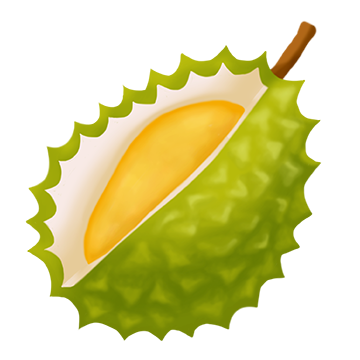
Durian

Kimchi

Hair bonnet

Dashiki
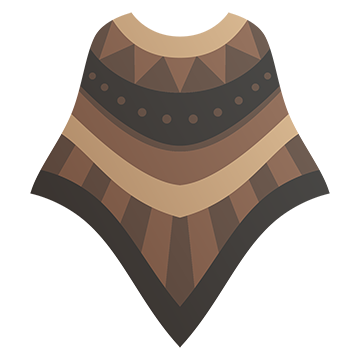
Poncho
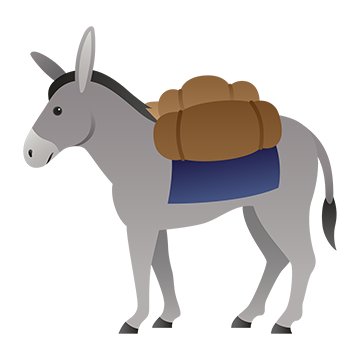
Donkey

Polar bear

Pyramid (Egyptian)

Pyramid (Mayan)

Hut

Rickshaw
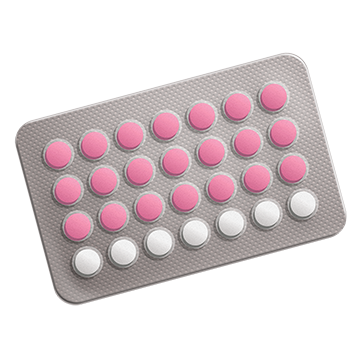
Birth control
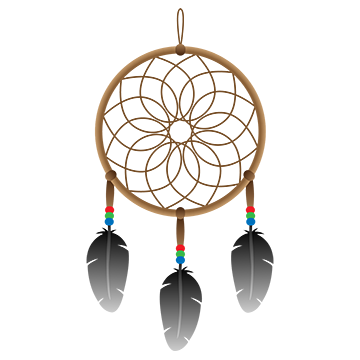
Dreamcatcher
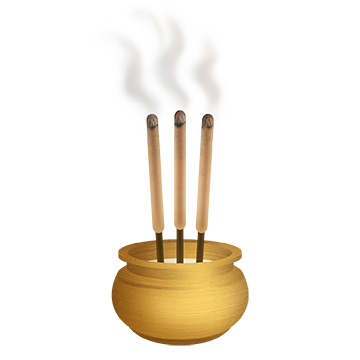
Incense
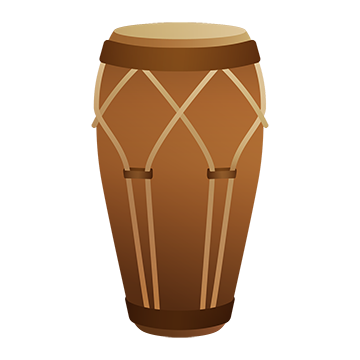
Long drum
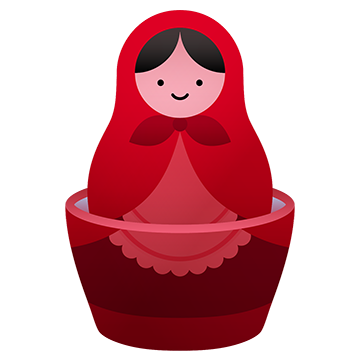
Matryoshka
